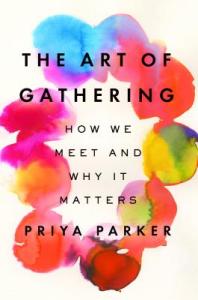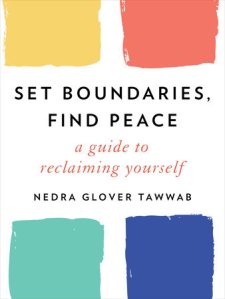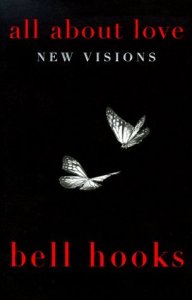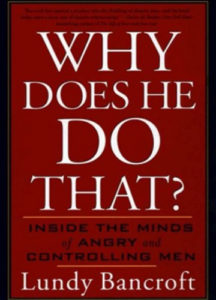Title: Friending: Creating Meaningful, Lasting Adult Friendships
Author: Gina Handley Schmitt
Genre: Relationships
Trigger Warnings: Abuse (mentions), toxic friendships (mentions)
Back Cover:
Friendships are like any other relationships–when they work, they make our lives better. When they aren’t working, or are hard to find, they make our lives more difficult.
Gina Handley Schmitt saw her therapy clients struggling to make and keep close friends, and wrote this book to help solve what is becoming a full-blown friendship crisis in the age of social media. In this book, you’ll learn:
- How to identify and reach out to potential new friends
- How to maintain long term friendships through busy times and life transitions
- When and how to state your needs and set boundaries with your friends
- Skills for strengthening your friendships by resolving conflicts
- The difficult art of ending a friendship
You’ll do all this using the five core skills of being available, authentic, affirming, assertive, and accepting. Life is so much sweeter with good friends by your side
Review:
I picked up this book because the subtitle promised advice about adult friendships, which is something I really struggle with. I am also a fan of the publisher, Microcosm Publishing, which is a small independent press publishing a fantastic array of useful nonfiction. So I had high hopes.
However, this book didn’t really deliver. There were some tidbits of useful advice, but most of it was well-trod tropes (like the sandwich method for discussing problems) and surface-level discussions. Each of the five core skills in friendships (being available, authentic, affirming, assertive, and accepting) is one section, and each chapter in that section is 2-5 pages long – not nearly long enough to cover anything in depth.
Gina discusses ending friendships when the relationship is toxic, but advises working to keep the friendship in all other cases. She talks about accepting different opinions, but offers no advice on whether it’s worth trying to keep a longstanding friendship with someone who doesn’t think you deserve rights (e.g. you’re gay and your high school bestie is outspokenly homophobic). She seems to be operating under the assumption that every friendship should be a close and intimate friendship and says nothing about how relationships with “my best friend who I tell everything” and “we’re not super close but we play D&D together every other Thursday” should differ.
I guess I just wanted more from this book. It’s a good overview, but that’s all it is. Personally, I think it would have been better as a long-form article than a full book. The five core skills framework was definitely interesting, but most of the content was stuff I’d already heard by googling “how to friendship.” If you really have no idea where to start, this is a good place to do so, but if you’ve done even a modicum of research, look elsewhere.
For more in-depth books about friendships and relationships in general, I highly recommend Set Boundaries, Find Peace (about how to set and maintain boundaries in all relationships) and The Art of Gathering (about how to host fantastic gatherings with friends that deepen your relationships).






